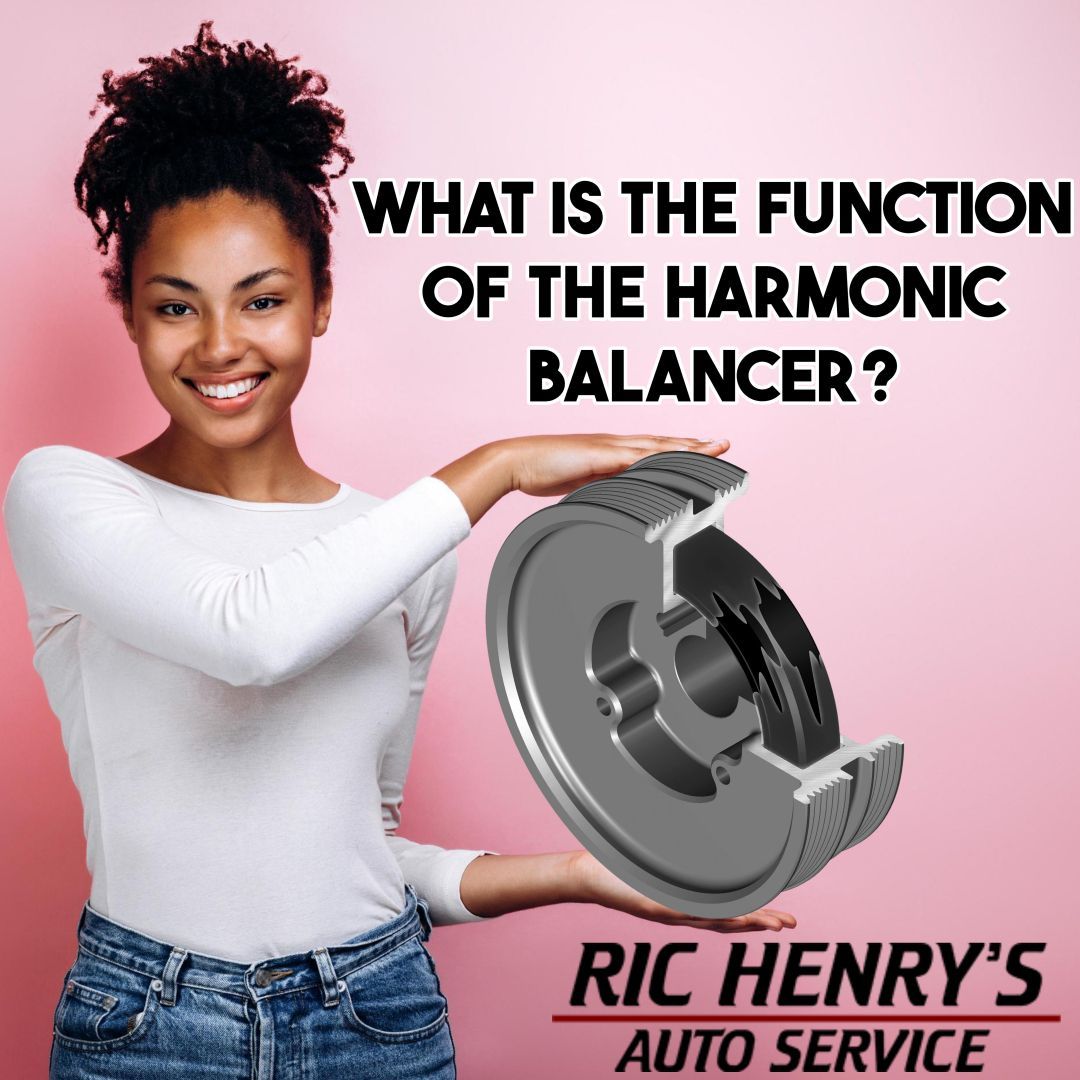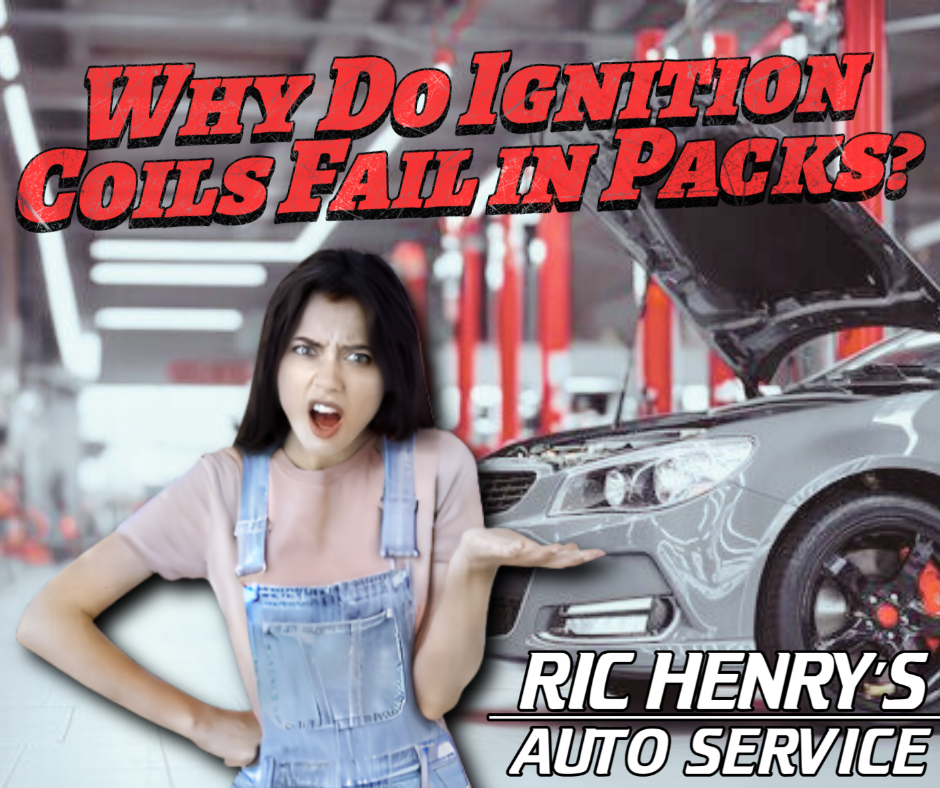What is the function of the Harmonic Balancer
NaTasha Brand • October 21, 2025
Hero Under Your Hood: Taming the Engine's Dark Pulse in San Angelo

Here in San Angelo, we know a thing or two about rhythm. There's the two-step at the local dance hall, the steady beat of the Concho River, and the satisfying hum of a perfectly tuned engine cruising down Chadbourne Street. But what happens when that smooth hum turns into a jarring shudder? Before you blame our West Texas roads, you might want to meet one of your engine’s most misunderstood components: the harmonic balancer.
This unassuming piece of pulley-laden metal is the little hero keeping your engine from literally shaking itself to pieces. So, let's pop the hood and demystify this crucial part.
What in the World Does a Harmonic Balancer Actually Do?
Its name sounds like something from a zen garden, but its job is pure automotive grit. Bolted to the front of your engine's crankshaft, the harmonic balancer has one critical mission: to cancel out destructive vibrations.
Think of your engine’s crankshaft. It’s spinning at thousands of revolutions per minute, enduring incredible forces from the pistons firing in sequence. These forces create tiny, twisting vibrations known as "harmonics" or "crankshaft whip." Left unchecked, these vibrations can resonate through the engine like a tuning fork, leading to catastrophic failure, think broken crankshafts, wiped-out main bearings, and a repair bill that'll make you sweat even in a San Angelo breeze.
The harmonic balancer is the clever countermeasure. It’s a two-part device: a heavy inner hub and an outer ring, separated by a layer of specialized rubber. The outer ring, which drives your accessory belts, is designed to move slightly out of phase with the harmful vibrations, effectively "balancing" them out. It’s the engine’s personal shock absorber, a dampener that keeps the dark, destructive pulse of internal combustion in check.
Where Did It Get That Fancy Name?
The name is perfectly literal, if a bit scientific. "Harmonic" refers to the damaging vibrational frequencies it fights. "Balancer" describes its function of neutralizing those forces. Some folks call it a "crankshaft damper," which is equally accurate. It’s not balancing weight like a tire; it’s balancing energy. It’s the calm, collected bouncer at the engine’s nightclub, ensuring the chaotic party inside doesn’t tear the building down.
Is Your Balancer Waving the White Flag? Symptoms of Failure.
That rubber layer is the balancer's heart, and like anything, it ages. Heat from the engine, oil leaks, and just the passage of time can cause the rubber to dry out, crack, and separate. When it fails, it’s not subtle. Here’s what to watch for:
• The Engine Shimmy: A noticeable vibration, especially at idle, that feels like the whole car is trembling. It’s not your imagination.
• Squealing or Knocking Noises: A worn balancer can cause misalignment of your serpentine belt, leading to an annoying squeal. In severe cases, you might hear a clunking or knocking from the front of the engine.
• Visible Damage: Pop the hood and take a look. If you see the outer ring misaligned, the rubber bulging out, or even deep grooves worn into it, it’s time for a replacement.
• Accessory Failure: Since it drives your alternator, power steering pump, and A/C compressor, a failing balancer can lead to a dead battery, stiff steering, or a warm cabin on a hot San Angelo afternoon.
Trust Your Ride to the Local Experts at Ric Henry's Auto Service
Replacing a harmonic balancer isn't a "shade tree mechanic" job. It requires precise timing and specialized tools to ensure it’s installed correctly without damaging your crankshaft. This is where you need a pro.
At Ric Henry's Auto Service in San Angelo, our experienced technicians are equipped with the same advanced tools and equipment the dealerships use. We offer comprehensive auto repair services and can diagnose a failing harmonic balancer before it leads to a much more expensive problem. From this specific repair to all your other system maintenance needs, we handle it with expertise and care. Plus, we back all our work with a strong 3-year/36,000-mile warranty for your peace of mind.
So, if your engine’s rhythm has gone from a smooth waltz to a chaotic mosh pit, don’t ignore it. Trust the team that knows how to bring back the harmony.
After all, the only vibration you should feel in San Angelo is the rumble of a well-tuned V8.






Share On: